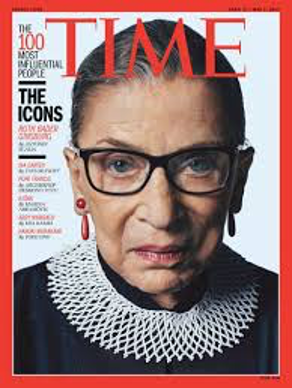- More from Famously...
- Famous Arrests
- Famous Scandals
- Famous Brands
View information about Ruth Bader Ginsburg's death here on famously-dead.com. You can view information about Ruth Bader Ginsburg's death and other famous deaths. You can view by name or by cause of death. We also have included the most popular famous deaths.
Ruth Bader Ginsburg's Death
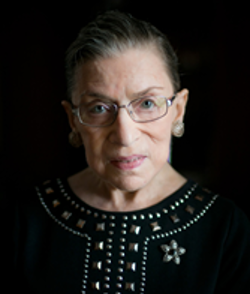
- Ruth Bader Ginsburg
- Supreme Court Justice, Professor
- March 15, 1933
- September 18, 2020
- Pancreatic Cancer Complications
The life and death of Ruth Bader Ginsburg:
Despite her small frame, she was a true giant in the history of the U.S. Supreme Court - the second woman to win confirmation to the court and remembered for a long record of liberal decisions.
Joan Ruth Bader was born in Brooklyn New York and grew up in the borough’s Flatbush section. Her father Nathan Bader was an emigrant from Odessa, Russia. Her mother was Celia Amster, whose parents came from Poland.
Joan was the couple’s second daughter – their eldest daughter Marilyn died of meningitis at the age of six when the future jurist was just over a year old.

When her mom noticed there were a lot of girls named Joan in her grade school class, she suggested the teacher start to call her Ruth – and a new name was born.
Celia stressed Ruth’s education – and took her to the library to amplify her lessons in school.

Celia…
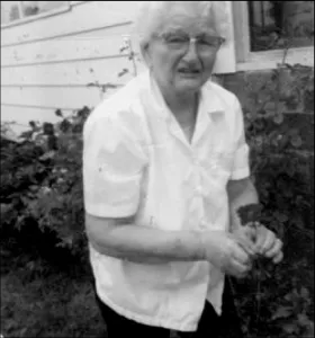
…died the day before Ruth’s high school graduation.
On to the next chapter of her life, Ruth attended Cornell University. Ruth graduated with a Bachelor of Arts degree in Government and was the highest-ranking female student in her 1954 graduating class. And a month later, she married Martin Ginsburg – who she met at Cornell.
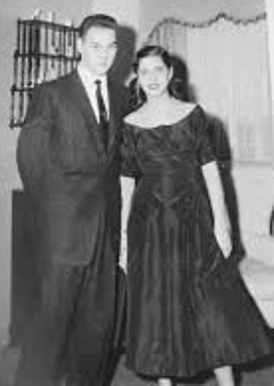
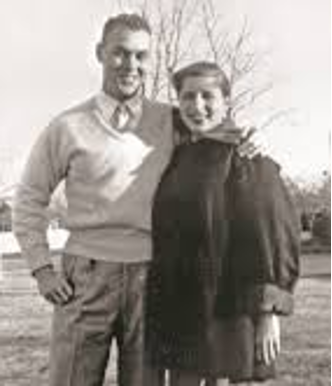
Martin was called to Oklahoma to train for the Reserve Officer Training Corps and Ruth got a job there working for the Social Security Administration. Their daughter Jane was born in 1955. Born Jewish – Ruth lived as a non-observant Jew.

She felt the sting of gender discrimination when she enrolled at Harvard Law School in 1956 and had the Dean ask her and other female students why they were taking the place of men.
Martin got a job in New York City and Ruth transferred to Columbia Law School where she earned her law degree. She also became the first woman to be on two major law reviews – at Harvard and Columbia.
Experiencing discrimination again, she found it difficult to get a job at first. Supreme Court Justice Felix Frankfurter rejected her for a clerkship position because she was a woman. She was able to crack through and began a clerkship for New York Federal Judge Edmund Palmieri in 1960.
He was a professor at Rutgers University and worked with the American Civil Liberties Union and eventually argued cases before the U. S. Supreme Court.
President Jimmy Carter nominated her to the D.C. Court of Appeals in 1980 and served there until she was nominated to the Supreme Court by President Bill Clinton – to fill the seat of retiring Justice Byron White.

Originally viewed as a moderate and consensus builder, she quickly developed a reputation of being a liberal -- especially championing the causes of women like gender equality and women’s rights, including abortion. In ensuing years, she became a key member of the Court’s liberal wing.
But despite her liberal views, she had a close personal relationship with fellow Justice Antonin Scalia – a staunch conservative.

Their families socialized regularly…and they had each other’s backs.
Some of her most famous majority opinions included: United States v. Virginia (1996), Olmstead v. L.C. (1999), and Friends of the Earth, Inc. v. Laidlaw Environmental Services, Inc. (2000).
Her dissents had impact too, like a dissenting opinion that’s credited with inspiring the Lilly Ledbetter Fair Pay Act -- making it easier for employees to win pay discrimination claims. President Barack Obama signed it into law by in 2009.
Her fame led to a nickname “Notorious R.B.G.” – after a Brooklyn born rap singer “The Notorious B.I.G” and she embraced it.
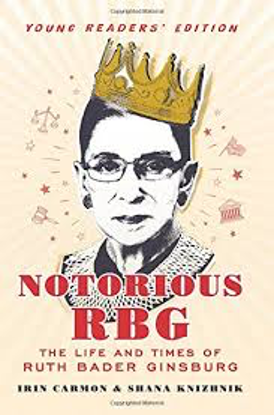
She was also the subject of both documentary and feature films.

She fell ill with cancer and suffered with several varieties of the disease – diagnosed with colon cancer in 1999, pancreatic cancer in 2009, and cancerous nodes in her lungs in 2018.
But she never stopped, saying she would remain a member of the court if she could do the job full steam. When President Barack Obama suggested she step down so he could nominate a replacement for her seat, she said you will never find anyone else like me and refused to do it.
And when Donald Trump was elected President, even though she was hospitalized several times for cancer treatment, she soldiered on - until she finally passed in mid-September 2020, on the eve of a Jewish Holy Day, Rosh Hashanah.
Vigils were held during the following weekend outside the court building …
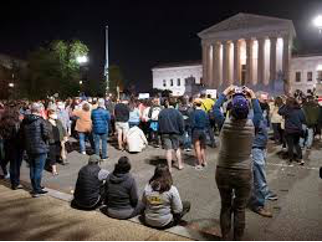
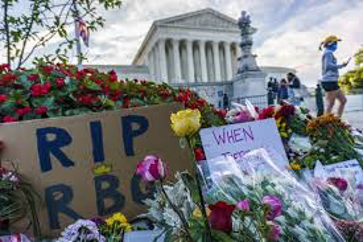
…where inside, the traditional black crepe was draped in the Court itself…

She was honored the following week by lying in repose for two days at the Supreme Court Building …


…and then lying in state at the U.S. Capital, the first woman to do so.

(Civil Rights pioneer Rosa Parks lay “in honor” in the Capitol Rotunda on October 29, 2005. Lying in “honor” is considered to be one level below “state.”)
SJustice Ginsburg is interred at Arlington National Cemetery, next to her husband Martin.
Reflecting her status as a hometown hero, New York Governor Andrew Cuomo quickly announced a statue honoring Ginsburg would be constructed in Brooklyn. And New York City Mayor Bill Di Blasio announced the Brooklyn Municipal Building would be renamed after RBG.
